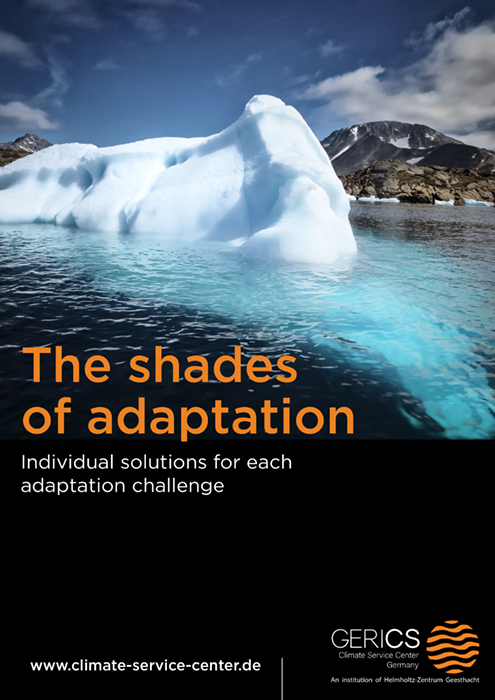In this extended e-book feature, the Climate Service Center Germany (GERICS) sets out individual solutions for climate change adaptation challenges
This in-depth feature about climate change adaptation challenges explores the work of the Climate Service Center Germany (GERICS), who delivers scientifically-sound products, advisory services and decision-relevant information to support government, administration and business in their efforts towards climate change adaptation.
The feature from GERICS begins by looking at developing adaptation strategies to adapt to climate change impacts in a specific region. During the development of adaptation strategies, we learn about the various steps to keep in mind, such as how the climate system is complex. We also discover that climate change is a dynamic process of moving targets, something that requires flexible solutions to be harmonised with both existing processes and structures.
We also learn about GERICS’ innovative toolkit concept that supports adaptation processes, including techniques for a systematic assessment of both current and future opportunities, as well as vulnerabilities owing to climate change impacts.
We also are told that due to the high flexibility of the toolkit-concept, it is possible to tailor the toolkit-frame to the needs of the individual. The author then explains more about their most technically advanced toolkit, that focuses on urban areas (adaptation toolkit for cities – German product name: Stadtbaukasten). As the author expresses: “It can be applied in completely different settings: from large cities, which are typically better equipped with human and financial resources and where data availability is better compared to smaller cities, to small municipalities, or rural areas.
Man-made climate change
The e-book also makes the bold statement that: “mankind has a decisive influence on the changes of global climate”, which is a widely accepted view. We also learn that the concentration of people, assets, critical infrastructure and economic activities in urban areas makes cities highly vulnerable to climate change impacts, but it also offers opportunities for adaptation.
Having said that – there is an added challenge – we find out that adaptation actions in urban areas are not easy to implement. This is due to the impacts of cross-cutting climatic and non-climatic drivers, numerous dependencies and interactions between different sectors exist. I hope you enjoy reading this probing analysis, which covers the above climate topics and much more.


